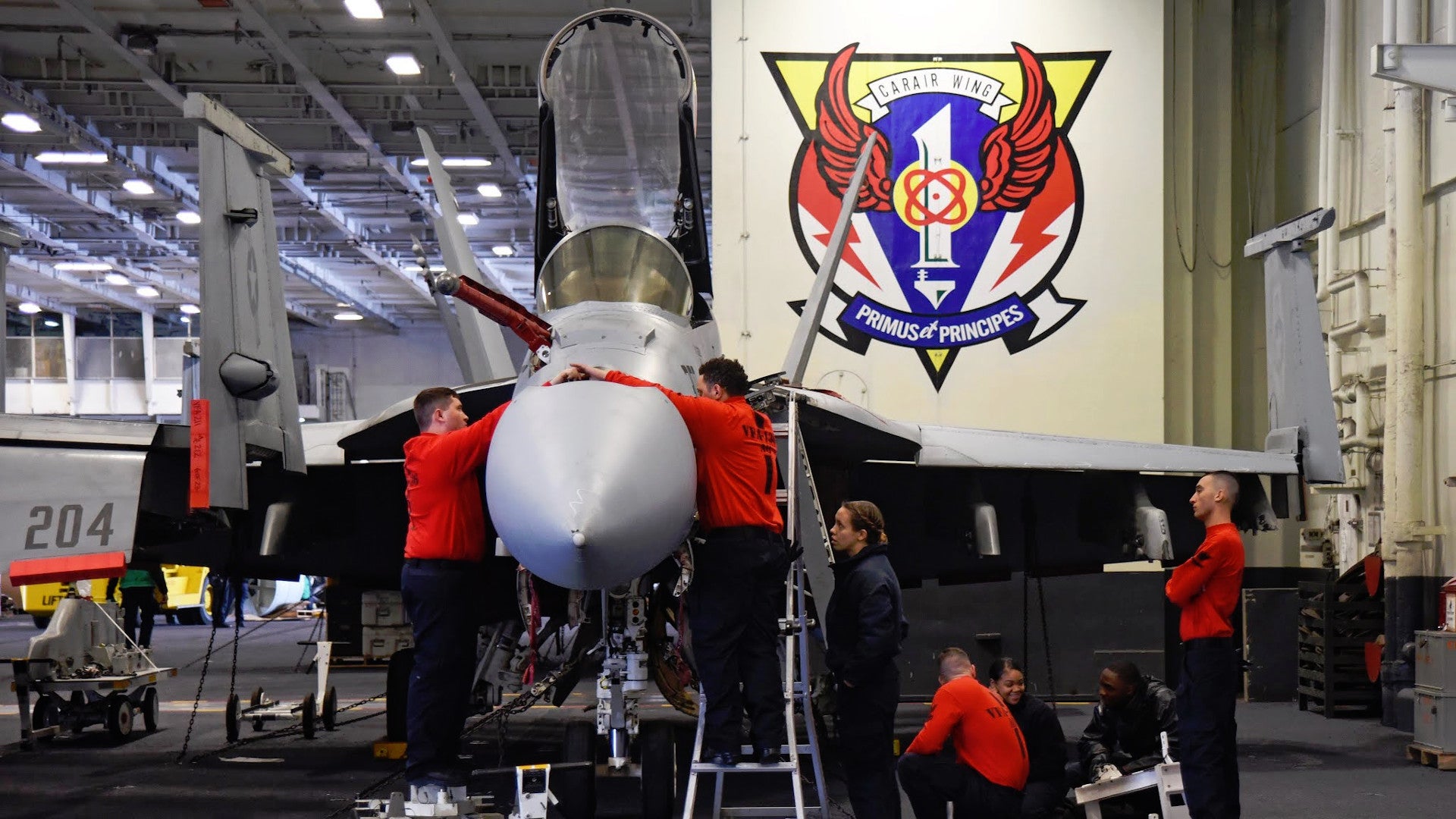The U.S. Navy says that its F/A-18E/F Super Hornets, as well as its EA-18G Growlers, have hit an 80 percent mission capable rate target for the 2019 Fiscal Year. This is an important achievement for the service and a dramatic improvement over their abysmal availability rates at the end of the last fiscal cycle, which were around 50 percent, but serious questions remain about whether or not this is sustainable in the long term.
U.S. Navy Vice Admiral DeWolfe Miller, Commander of Naval Air Forces, the service’s top aviation officer, also known as the “Air Boss,” made the announcement on Sept. 24, 2019. Former Secretary of Defense James Mattis had issued a memo in September 2018 that ordered the Navy to take all available steps to get its Super Hornet fleet up to 80 percent mission capable by the end of the Fiscal Year. The 2019 Fiscal Year officially ends on Sept. 30, 2019.
That same directive called on the Navy, as well as the Air Force and Marine Corps to hit the same readiness target with their respective fleets of F-35s. It also called on the Air Force to achieve this goal with respect to its F-16 Vipers and F-22 Raptors. The Navy and Marines were supposed to do the same with their legacy F/A-18 Hornets, as well. Mattis made no mention of the EA-18G in his memo. With just days left in the fiscal year, it appears that only the Super Hornets and Vipers will actually attain this level of readiness.
“This has been a year of results for Naval Aviation. I am incredibly proud of our Sailors, civilian teammates, and industry partners,” Vice Admiral Miller said in a statement. “They developed and implemented the NSS [Naval Sustainment System] and then drove readiness numbers that haven’t been seen in over a decade. Their results are incredible and their passion for improvement is inspirational.”
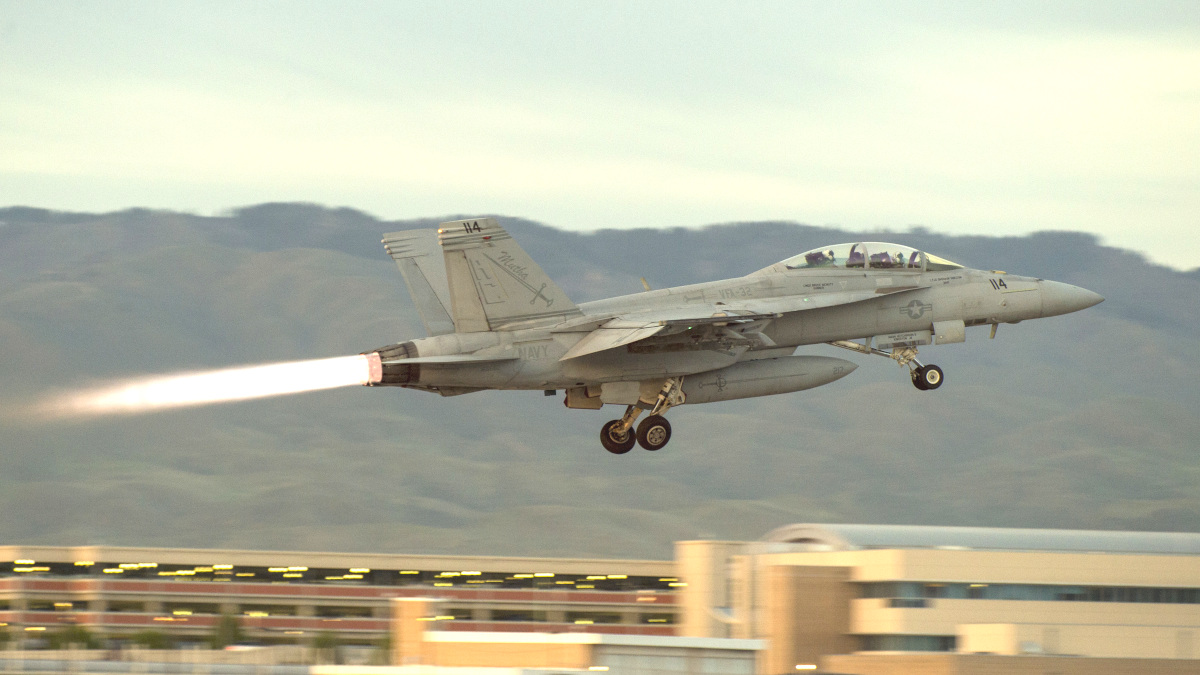
“This is the first year in some time that we have executed our allocation of flight hours completely,” U.S. Navy Rear Admiral Roy Kelley, the Commander of Naval Air Forces, Atlantic, said in his own statement. “That stands as a sign of health that we have a lot of ‘up’ aircraft, and that the parts are moving. We’re getting healthy and we’re on the right track.”
U.S. military aviation communities, as a whole, have struggled to keep aircraft and helicopters flying after years of near-constant deployments to support a variety of operational demands, including, but certainly not limited to counter-terrorism operations in Afghanistan, Iraq, and Syria, among other locations around the world. Years of Congress passing short-term continuing resolutions to fund the government rather than actual annual budgets, together with the impacts of mandatory budget cuts under a policy known as sequestration, which began in 2011, only compounded the issue. On top of that, the Navy and its sister services were often presented with hard choices about where to trim back their budgets and often made nearsighted decisions to cut from operations and maintenance accounts instead of from high-end, big-ticket procurement items, which added personnel shortages and maintenance backlogs to the mix. By 2018, when Mattis issued his memo, things had reached crisis proportions.
With all this in mind, its perhaps not surprising that the average mission capable rate, regardless of aircraft type, across the entire Naval Aviation Enterprise was hovering around 30 percent by the end of 2017. The Navy’s Super Hornets had an average mission capable rate of closer to 50 percent, but still well below the 73 percent target that the Commander of Naval Air Forces first laid out in the 1990s.
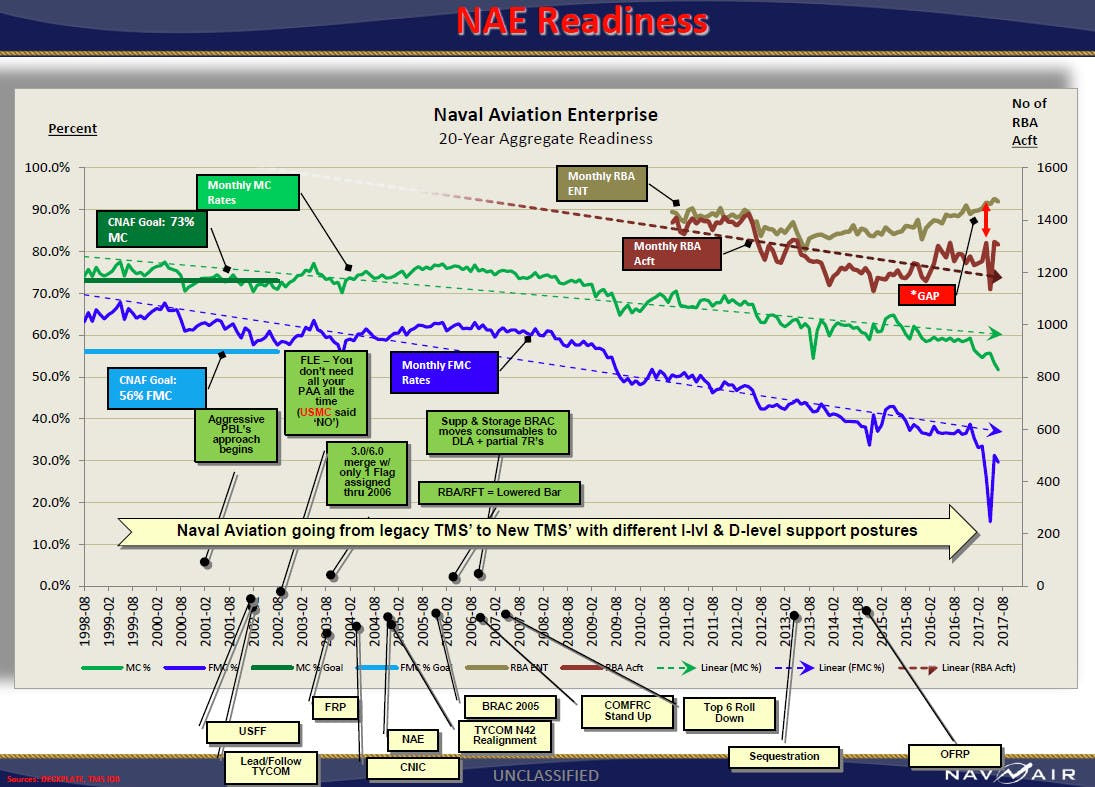
So, going from 50 percent to 80 percent mission capable in the space of 12 months is certainly impressive. But it’s also important to note that this is the mission capable rate, not the full mission capable rate. Full mission capable, also known as “Code One,” means that the aircraft can meet any assigned mission requirement.
In addition, to reach the 80 percent goal, the Navy says it had to have at least 320 Super Hornets mission capable simultaneously, a target the service says it hit earlier in September. It then pushed the number of mission-capable F/A-18E/Fs up to 341. However, the Naval Aviation Enterprise as a whole reportedly has a total of 546 Super Hornets. Having 341 aircraft mission capable out of 546 planes yields a rate of around 62 percent, not 80 percent.
The Navy’s own statement says that the 80 percent mission capable rate only applies to “operational” aircraft, but it is unclear what Super Hornets are in this category. It is possible that “non-operational” in this case could simply refer to aircraft undergoing or scheduled to undergo heavy depot maintenance. There is also still no word at all about the status of Navy and Marine legacy F/A-18 Hornets. The War Zone has already reached out for clarification and will update this story with any additional details we receive.
Regardless, there are questions about how sustainable this mission capable rate may be in the long term. The Navy says, right now, it can only sustain approximately 320 mission capable Super Hornets and had to conduct a short-term readiness “surge” to get to 341.

It’s also not clear whether the Navy had to cut back other flying operations in order to meet this goal. In June 2019, news emerged that the service was facing a funding shortage within its aviation communities, which would require scaling back flying time for some units.
The next month, the Navy clarified that this was limited to Naval Air Forces, Atlantic and would primarily impact units equipped with aircraft other than the F/A-18E/F. East Coast fleets that would see cuts included those equipped with P-8A Poseidon maritime patrol planes, C-2A Greyhound carrier onboard delivery aircraft, C-12 Huron utility turboprops, and MH-60R and S Sea Hawk helicopters.
The one Super Hornet unit that was impacted was the F/A-18E/F Super Hornet Demonstration Team, which saw a ban on scheduling any new flyovers or appearances at airshows. The team is assigned to Strike Fighter Squadron 106 (VFA-106), the “Gladiators,” which serves as the Fleet Replacement Squadron (FRS) for Commander, Strike Fighter Wing, Atlantic Fleet. In this role, the squadron’s job is to ensure an adequate flow of pilots and maintainers to other Super Hornet units within the wing.
Altogether, the Navy’s description of how its Super Hornets reached the 80 percent mission capable goal seem very similar to those regarding the Air Force’s disclosure earlier this month that it expected to hit the target with its F-16 Vipers. On Sept. 5, 2019, U.S. Air Force Lieutenant General Mark Kelly, the service’s Deputy Chief of Staff for Operations, told attendees at the 2019 Defense News Conference that the service’s active duty F-16s were above the 80 percent mission capable rate goal, but that Vipers in the “reserve component,” those in the Air Force Reserve and Air National Guard, had not yet hit the target.
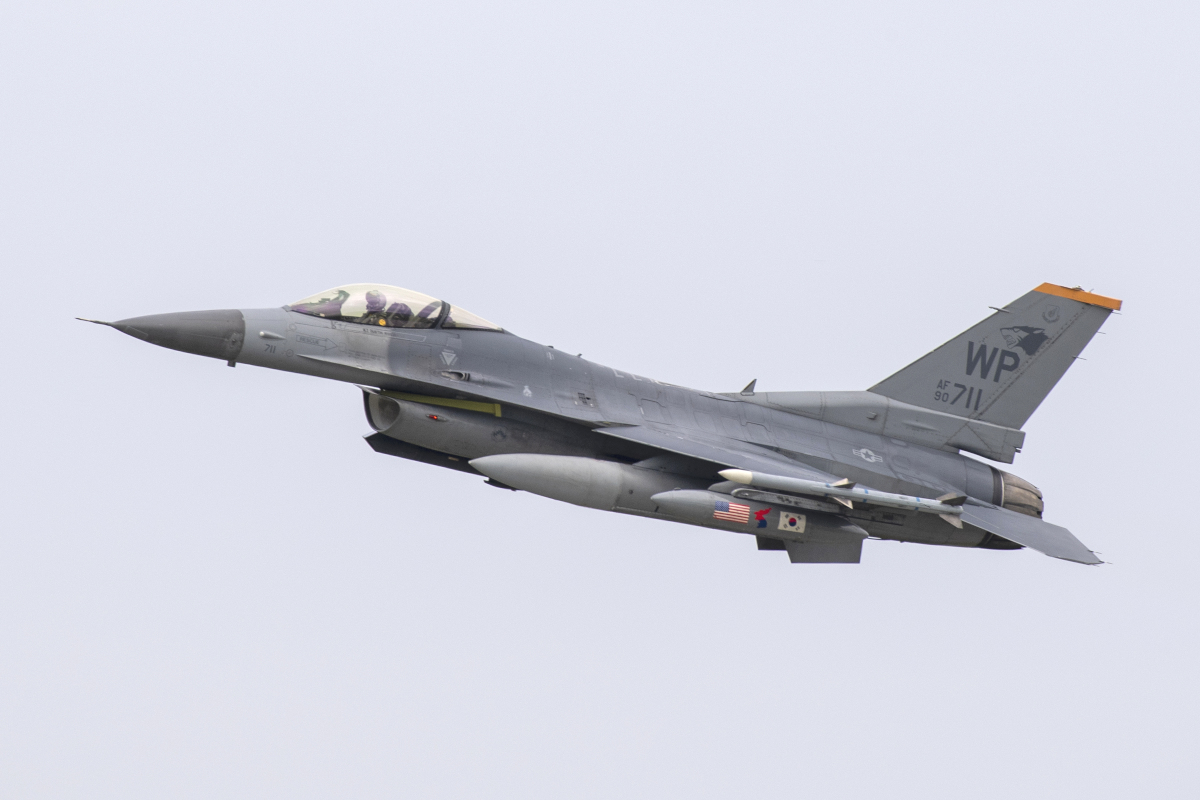
This did not stop Kelly from boasting that the F-16 might be the only aircraft type to meet Mattis’ requirements. The Pentagon and the Air Force had previously announced that no variants of the F-35, nor the F-22, would reach 80 percent mission capable by the end of the Fiscal Year. A host of issues, including spare parts shortages and maintenance backlogs, prevented the F-35 from reaching its goal, while the F-22 has long struggled with low availability rates simply due to the complexities involved in operating and maintaining that aircraft and its relatively tiny fleet size.
In June 2019, U.S. Air Force Brigadier General Heath Collins, the service’s Program Executive Officer for Fighters and Bombers, said that the havoc that Hurricane Michael had wrought on Tyndall Air Force Base in Florida, previously a major F-22 hub, in 2018, had actually improved readiness for the Raptors. This was because the service had been forced to consolidate the stealthy jets, which increased the total number of jets available in any form to other units. As such, there were additional backups available when aircraft needed to go in for scheduled or unscheduled maintenance or to help meet other spikes in operational demands.
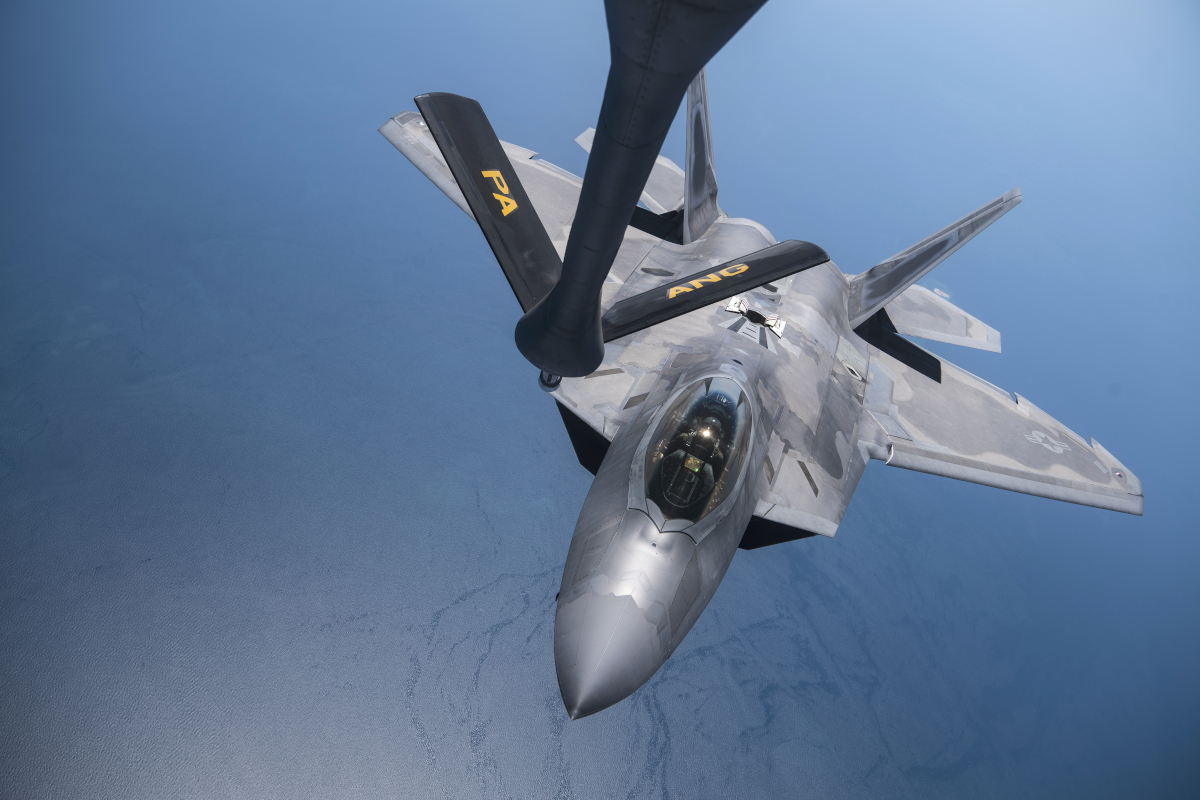
All told, it’s clear that the Navy, as well as the Air Force, have made important strides in improving the readiness of their F/A-18E/F and F-16 fleets respectively. The lessons the two services have learned over the past year will be extremely valuable going forward.
At the same time, it’s unclear whether either type of aircraft has truly hit the 80 percent target, as Mattis intended. Even if they have, it’s unclear whether the two services will be able to sustain those mission capable rates for the Vipers and Super Hornets, or even keep them anywhere close to this high, going forward.
Update 9/25/2019:
The Navy has clarified what it means by “operational” F/A-18E/F Super Hornets and EA-18G Growlers. “Operational F/A-18 E/F ‘Super Hornet’ and EA-18G ‘Growler’ include Primary Mission Aircraft Inventory (PMAI) from the nine operational carrier air wing squadrons that form the backbone of our Naval Aviation tactical airpower,” Greg Kuntz, the Communications Director for the Naval Aviation Enterprise, wrote in an Email to The War Zone.
In addition, Kuntz said that U.S. Marine Corps legacy F/A-18 Hornets had hit “80% mission capable readiness benchmark several times throughout the past year.” This does not mean that the Marines have been able to sustain this mission capable rate for a protracted period of time, however.
Contact the author: joe@thedrive.com
